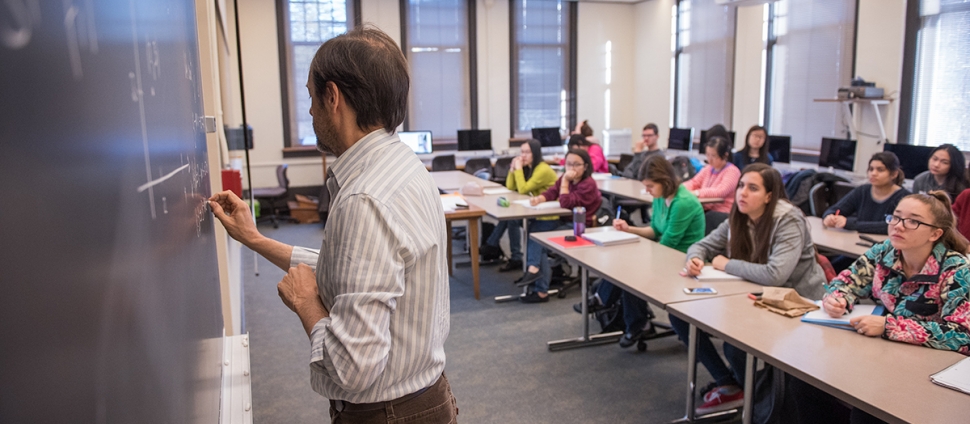Document Type
Article
Publication Date
3-31-2020
Publication Title
Frontiers in Ecology and Evolution
Abstract
Members of social groups risk infection through contact with those in their social network. Evidence that social organization may protect populations from pathogens in certain circumstances prompts the question as to how social organization affects the spread of ectoparasites. The same grooming behaviors that establish social bonds also play a role in the progression of ectoparasitic outbreaks. In this paper, we model the interactions between social organization and allogrooming efficiency to consider how ectoparasitic threats may have shaped the evolution of social behaviors. To better understand the impacts of social grooming on organizational structure, we consider several dynamic models of social organization using network centrality measures as the basis of neighbor selection. Within this framework, we consider the impact of varying levels of social grooming on both the group structure and the overall ectoparasitic disease burden. Our results demonstrate that allogrooming, along with ongoing dynamic social organization, may be protective with respect to both the timing and the magnitude of ectoparasitic epidemics. These results support the idea that ectoparasitic threat should not be considered a single evolutionary factor in the evolution of host social systems, and may have operated in different ways depending on the broader ecology of the host-ectoparasite interaction.
Keywords
evolutionary sociobiology, hygienic behavior, social grooming, allogrooming network, dynamic social network
Volume
8
Issue
54
DOI
10.3389/fevo.2020.00054
Version
Version of Record
Recommended Citation
Wilson, Shelby N.; Sindi, Suzanne S.; Brooks, Heather Z.; Hohn, Maryann E.; Price, Candice R.; Radunskaya, Ami E.; Williams, Nakeya D.; and Fefferman, Nina H., "How Emergent Social Patterns in Allogrooming Combat Parasitic Infections" (2020). Mathematics Sciences: Faculty Publications, Smith College, Northampton, MA.
https://scholarworks.smith.edu/mth_facpubs/96


